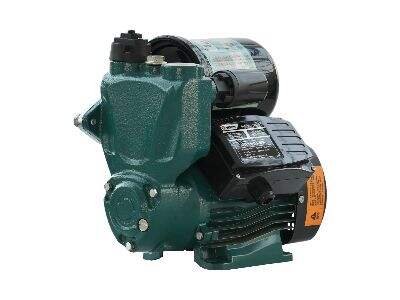Guide to frame size, poles and RPM
When you see a motor, you can usually tell it has a frame size, a pole count, and a speed. But what exactly do these specs signify? Let's break it down.
Frame size is analogous to the motor’s body—it tells you how large, and thus powerful, the motor is. A higher frame size motor usually can produce more power and carry more load. Meanwhile, low frame size motors are lighter and more suitable for small spaces.
The poles are like the arms of the motor - they determine the speed of the motor. The higher the number of poles the lower the speed of the motor and the lower the number of poles the higher the motor speed. Poles assist the motor in maintaining a consistent speed and appropriate power for the task at hand.
RPM stands for revolutions per minute, which is how fast the motor can spin. High-RPM motors can spin fast and deliver extra power, while low-RPM motors are great for applications requiring precision and low speeds.
Frame Size, Poles and RPM: What They Mean for Your Motor
Now that you have an understanding of the terms frame size, poles and RPM, what do we really mean by these things and how is the motor influenced?
‣ Frame size indicates the strength and size of the motor, which factors into how much weight it can carry and how long it can run. Heavy duty tasks are best done with amotor with larger frame size, while smaller projects are best served by motor with a smaller frame size.
Polish regulate the speed and effectiveness of the motor. Motors with the right number of poles can operate to be both smooth and efficient, while those with too many or too few poles may struggle to be optimal. Poles assist the motor in keeping a consistent speed and in applying the appropriate power for the task.
The RPM is important in delicate procedures, as it determines how fast the motor spins. High-RPM motors are ideal for applications requiring a speed boost when a lot of power is needed immediately, but lower RPM motors excel in applications that rely on steady and controllable movement.
frame size, poles, RPM breakdown
Basically, frame size, poles, and RPM kind of play together to make a motor do what it does. The frame size affects the strength and physical size of the motor, the amount of poles sends the motor at a certain speed, while the RPM indicates how quickly the motor can turn.
Frame sizes, poles and RPM explained
Frame size and poles and RPM should be considered when selecting a motor for a job. Frame size determines the size and strength of the motor, the number of poles control the motor’s speed and efficiency, and the RPM dictates how the motor can spin. Knowing how these factors interact with one another will enable you to select the best motor for your application and keep your projects running smoothly and efficiently.
 EN
EN
 AR
AR
 FR
FR
 DE
DE
 IT
IT
 JA
JA
 KO
KO
 PT
PT
 ES
ES
 TL
TL
 SR
SR
 VI
VI
 TH
TH
 TR
TR
 FA
FA
 SW
SW
 BN
BN
 LO
LO
 KK
KK
 UZ
UZ


